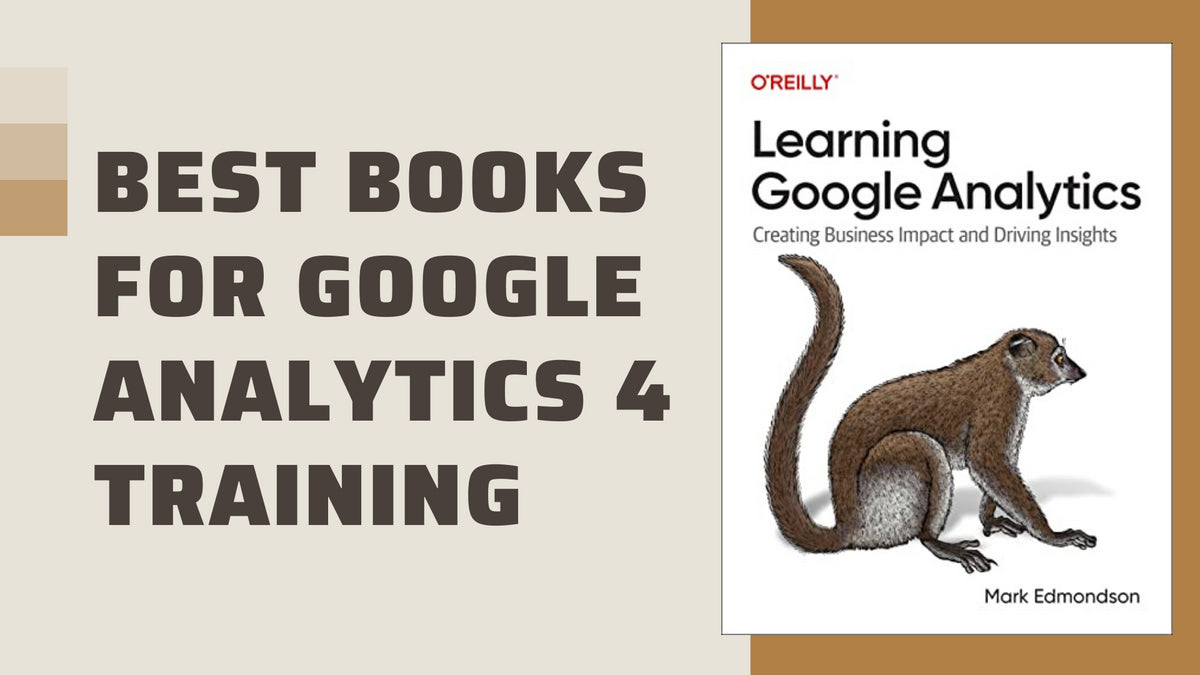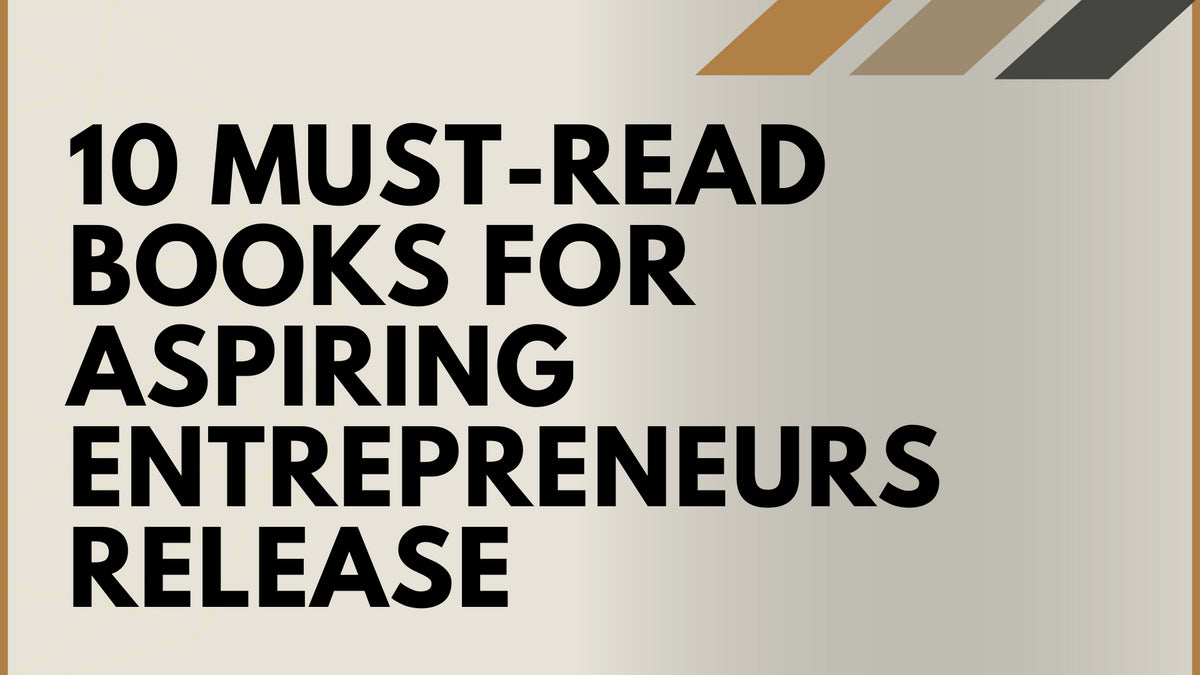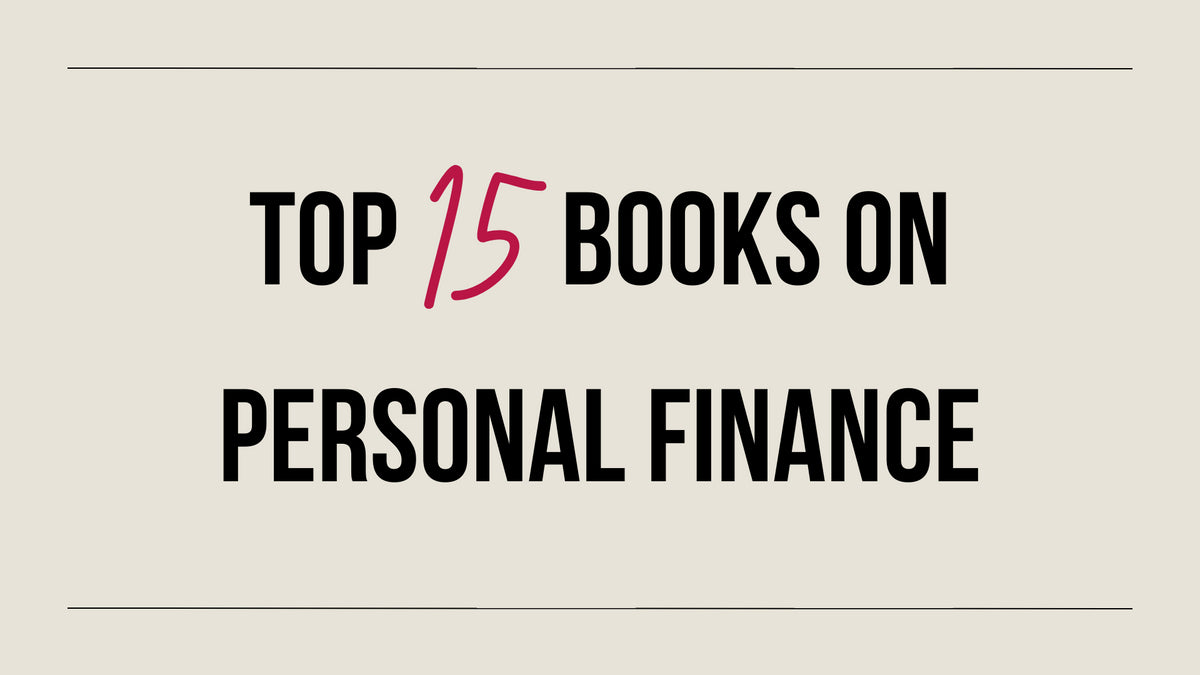Your Cart is Empty
Cashflow Quadrant Book Summary: Secrets To Financial Freedom
Listen To This Article
Step-By-Step Process To Financial Freedom
Cashflow Quadrant is a guide for achieving personal financial freedom. A key concept is that people can be categorized into one of four categories based on an assessment of their financial intelligence. Readers learn how to make money work for them and changes traditional perspectives about jobs, careers and owning a business. You will learn how to become a better entrepreneur, manage finances more effectively, and generate more income. Approximately 95% of the total wealth of any country is in the hands of 5% of its population. The reason is that the wealthy have learned to use money to make money rather than simply accumulating assets.
Learn What To Do With Money
- The four categories of financial intelligence presented in the Cashflow Quadrant
- Fundamentals of the Cashflow Quadrant and the associated pros and cons to each of the four segments
- True investors use money they earn and invest it with the ultimate goal of eventually living off the income
- There are many types of investors and the best goal is to invest in a way that generates income and is not merely asset ownership
- The steps to achieving financial freedom
- Importance of developing business acumen
- Difference between financial security and financial freedom
- How to change your thought process from emotion driven to logical prudence
- Qualities of wealth creators

Featured In This Review
Rich Dad's Cashflow Quadrant
$11.18
Learn about financial freedom from a legendary mind. Stereotype shattering concepts that upend everything you thought you knew about finances.
SHOP NOWCashflow Quadrant Book Summary
Some people work less, yet earn more and pay less in taxes. Building on the information presented by Kyosaki in the book Rich Dad, Poor Dad, this book provides guidelines on how people become financially independent by investing in a way that generates income as opposed to maintaining a focus on avoiding loss, a common perspective of stock market investors. Changing perspectives has frequently been the idea behind achieving personal financial success, a theme in the book Think & Grow Rich which was originally published in 1937.
Kyosaki’s principles are presented in the Cashflow Quadrant which categorizes people based on the source of their money.

This quadrant, described in this book, divides people into four segments, depending on how they generate income. The four categories are:
“E” is for Employee
This group or segment identifies most people. They earn the majority of their income by holding a job. The employee is looking for job security, a stable income, good benefits and a solid financial future but are not searching for financial freedom. They can earn a good income, but it is difficult to get wealthy by working for someone else. Their money is earned in someone else’s system, and they are held back through their own fears and doubts like the ones described in the book You are a Badass at Making Money. The problem is that being progressing in a career is time consuming and compensation does not match immense efforts in most cases.
Want to buy a book review like this?
Click here to learn how to get your book reviewed!
“S” is for Self-employed
People who are self-employed and value independence. Like people described in the book Winners, hey want to control their work and be their own boss. They earn money by working in their own system and in their preferred way. This is the riskiest quadrant as far as earnings are concerned because their work is totally dependent on their personal efforts. As many self-employed people discover, a lack of capital can hinder business and financial growth. Though growth is good, it also requires more personal time investment and leaves little time to enjoy success.

“B” is for the Business Owner
These are people who rely on talented, competent people to work for them and produce income. The people come from the E and S quadrants. Business owners create and own profitable business systems that work. They can generate more personal income, enjoy more personal time and reach a desired level of financial freedom. Like the story of Ken Langone told in the bestseller book, I Love Capitalism, the Business Owner in Kyosaki’s book makes a profit for additional investing which can lead to new wealth. However, there are risks and a need to develop inclusive systems and people management skills.
“I” is for the Investor
Those who use money to make money. It is the ultimate goal of many people, but it is also difficult to achieve. The Investor makes personal money, and the money of other people, work to generate more money. The major part of their wealth is generated through investments which gives them returns on an on-going basis. Investors build asset portfolios to generate income and have the greatest chance of generating significant wealth. Naturally, there are risks, like the possibility of losing money, but the Investor is not driven by fear of loss. He/she is driven by the possibility of gain.
The Employee and Self-Employed on the quadrant’s left side lean towards financial security rather than financial freedom. They work hard all their lives in the pursuit of wealth. Business Owners and Investors on the right side use other people’s time and money to get ahead financially. A true investor works the velocity of money.

The velocity of money in this book refers to growing money using the cash flow generated by an asset to acquire more assets that, in turn, generate even more cash flow. The Investor keeps money in motion at all times, constantly acquiring assets and looking for investments that will yield a maximum ROI. It takes patience, motivation and persistence, some of the same qualities of successful people described in the book Tools of Titans.
Author Robert Kiyosaki offers a set of steps you can take to become an Investor.
Shun job security - Choose financial freedom every time and strive to move from the left side of the Quadrant to the right side. Change your outlook and actions and look beyond your salary towards leveraging your income with wealth creation.
Leverage financial security - Use financial security as a stepping stone to financial freedom. People in the E and S quadrants should employ their active income to generate a passive income (income not earned through employment). Learn the art of investing and risk management, and invest rather than save.

Understand the five categories of investors which are:
-
People with nothing to invest and who live hand-to-mouth or paycheck-to-paycheck. These people just survive and fail to grow.
-
Savers who hoard their money by placing it in a minimum interest savings bank account or fixed deposit account. They do not realize the toll inflation is taking on their money.
-
The ‘I’m too busy’ person who does not have time to take care of income. This person prefers to trust money with other people who will take care of it with a casual attitude.
-
The Professional who takes the time to learn, self-educate on various investment options, use personal money and make personal investment decisions.
-
The Capitalist who is the most successful investor. Capitalists make money by leveraging other people’s time and money. They know how to use information gleaned from various sources and invest right to make money from a minimal investment.
Identify and diligently assess your assets and liabilities. Pay off debts, and then invest the extra money in hand to generate a regular income. Ensure your asset column is larger than the liability column. Follow the advice in the book The 7 Habits of Highly Effective People, and you can stay organized and motivated while making progress towards goals.
Control your inner dialogue and learn to adopt logical reasoning. Become emotionally neutral to winning or losing. This will help you make prudent financial decisions.
Seek mentors. Find and pay experienced professional financial advisors who will always uphold your best interests. Never invest only to reap tax benefits.
Use the power of good debts. Good debts put money in your pocket. Good debt is the debt that someone else pays, but you reap the benefits. It enables you to grow exponentially.
Maintain a long-term vision. The way to wealth is to have long term vision and plans, believe in delayed gratification and fully understand the power of compounding.
Be prepared to deal with failure and disappointments. Learn from the positive and negative experiences of your mentors. Lean on them emotionally to tide you over during the bad times. Another great book for this is Antifragile.
You can aspire to become a Professional Investor, the fourth category of investor, and then move on to become a Capitalist. That is the surefire road to financial freedom.

The aim of every person should be to reach the right side of the Cashflow Quadrant. This is where true wealth and financial freedom lies. One of the issues today is that many people do not have patience. They tend to want instant everything thanks to the internet - instant food ordering, instant news and instant wealth.
This is an excellent book to read as a reminder that gaining financial freedom is a process and not an instant event. As described in the book Drive, you must find what keeps you motivated to direct your own life. Achieving financial freedom takes planning, patience and good decision-making, but the payoff can be tremendous.
About The Author Robert Kiyosaki
Born and raised in Hawaii, Robert Kiyosaki is a legend. He is a successful author, speaker, entrepreneur, business tycoon and investor. His first book, Rich Dad, Poor Dad, could not find a publisher, so he published it himself in 1997. The book sold over ten million copies and became an instant bestseller. In fact, it became the #1 bestselling personal finance book of all time. Rich Dad, Poor Dad held a top spot on the New York Times bestsellers list for more than six years, a remarkable achievement.
The book laid the foundation for Robert’s success as an author and was soon followed by many more bestselling books, all of which challenge the way people think about money. Over the years, Kiyosaki has written 27 books, but the series of Rich Dad Poor books remain some of the most timeless and popular. The Rich Dad’s Cashflow Quadrant was published in 1998, followed by Rich Dad’s Guide to Investing in 2000, Rich Dad’s Retire Young, Retire Rich in 2001, Rich Dad’s Who Took My Money? in 2004, Rich Dad’s Increase Your Financial IQ in 2008 and many other books advising people, including children and teens, on wealth accumulation.
Interestingly, Robert Kiyosaka has twice gone bankrupt with his business ventures. The first venture to go bankrupt was a Velcro ‘surfer’ wallets business called Rippers, and the second was his retail company Rich Global LLC which made items like t-shirts and hats for heavy metal rock bands.
Kiyosaki created the Cashflow Board Game in 1996. The game teaches, in a fun way, how to get out of the rat race and achieve financial freedom. This spawned over 3,500 Cashflow Clubs around the world, where people got together to play the game and learn strategies to improve their finances.
His perspectives on money and investing defy conventional wisdom. Kiyosaki is reputed for his straight talk, irreverence and courage. He is a passionate and outspoken advocate for financial education. His estimated net worth today is $100 million. Most of his earnings come from his franchises and Rich Dad seminars. He invests heavily in real estate and is said to own more than 7,000 properties.
Robert Kiyosaki maintains the Rich Dad Blog, the Rich Dad Radio Show. He also offers regular Rich Dad Events, like seminars, that anyone can register for to hear his advice. There are also YouTube videos available also that give you other opportunities to hear Kiyosaki himself share the keys to financial freedom.
Want to buy a book review like this?
Click here to learn how to get your book reviewed!
Leave a comment
Comments will be approved before showing up.
Also in Books

The Best Books for Google Analytics 4 (GA4) Training
Unlock the secrets of Google Analytics 4 with our curated list of the best GA4 training books for 2023! Dive deep into actionable insights, master advanced techniques, and lead the digital analytics revolution. Don't get left behind; discover the ultimate resources to dominate GA4. Click now to elevate your skills!
Read More
10 Must-Read Books for Aspiring Entrepreneurs
Do you dream of starting your own business? If so, you need to read this article! We've compiled a list of 10 must-read books for aspiring entrepreneurs. These books will provide you with the knowledge and inspiration you need to turn your dream into a reality. Click here to read the article and learn more!
Read More
Top 15 Books on Personal Finance
Are you looking for a safe and informative place to learn about personal finance? If so, you've come to the right place! This article discusses the top 15 personal finance books on the market, all of which are sure to help you improve your financial situation without any explicit sexual descriptions or that is sexually suggestive in nature or is primarily intended to cause arousal.
Read More